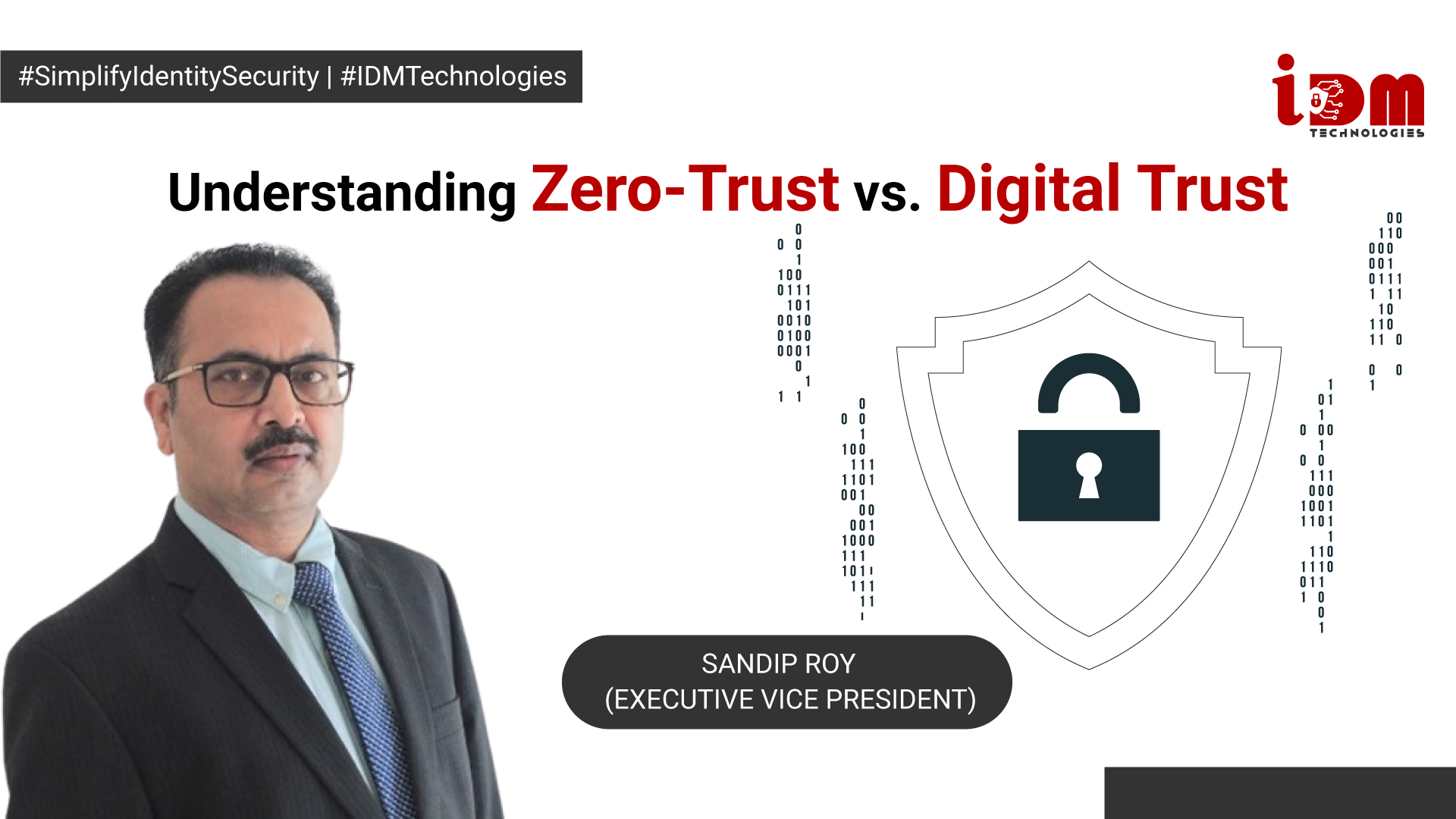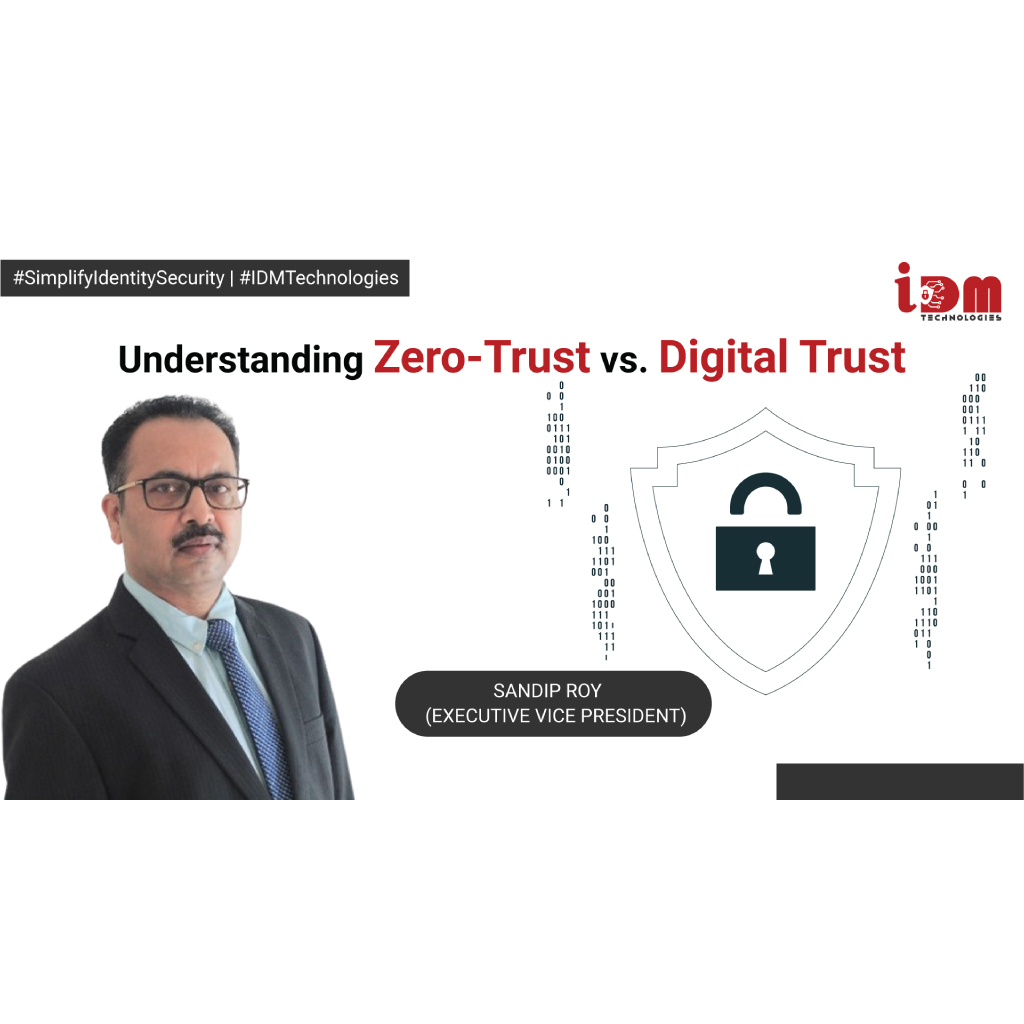
In the ever-evolving landscape of cybersecurity, two concepts that often surface in discussions are Zero-Trust and Digital Trust. These paradigms represent distinct approaches to securing digital assets and information in today’s interconnected world. Understanding the differences and implications of Zero-Trust vs. Digital Trust is crucial for organizations aiming to fortify their cybersecurity posture effectively.

In the ever-evolving landscape of cybersecurity, two concepts that often surface in discussions are Zero-Trust and Digital Trust. These paradigms represent distinct approaches to securing digital assets and information in today’s interconnected world. Understanding the differences and implications of Zero-Trust vs. Digital Trust is crucial for organizations aiming to fortify their cybersecurity posture effectively.
Zero-Trust is a security model centered on the principle of “trust nothing, verify everything.” Unlike traditional security models that rely on perimeter-based defenses, Zero-Trust operates on the premise that threats can come from both inside and outside the network. Therefore, every user, device, and application attempting to access resources is treated as untrusted until proven otherwise, regardless of their location or network segment.
Key components of the Zero-Trust model include:
In contrast to Zero-Trust’s skepticism towards assumed trust, Digital Trust focuses on establishing reliable and secure relationships in the digital realm. It encompasses the trustworthiness of entities, data integrity, privacy protections, and adherence to regulatory standards. Digital Trust is essential for fostering positive interactions, enabling seamless transactions, and maintaining user confidence in digital platforms.
Key elements of Digital Trust include:
While Zero-Trust and Digital Trust represent distinct paradigms, they are not mutually exclusive. In fact, integrating elements of both approaches can enhance overall cybersecurity resilience and trustworthiness. By leveraging Zero-Trust principles such as identity-centric security and continuous monitoring within a framework of Digital Trust, organizations can create a robust security ecosystem that safeguards data, mitigates threats, and fosters trust among stakeholders.
Key integration strategies include:
In conclusion, Zero-Trust and Digital Trust represent complementary approaches that address different facets of cybersecurity and trust assurance. Zero-Trust challenges traditional notions of implicit trust within networks, promoting a more vigilant and dynamic security posture. On the other hand, Digital Trust focuses on building trust relationships, ensuring data integrity, and adhering to regulatory frameworks.
By understanding the nuances of Zero-Trust vs. Digital Trust and adopting a balanced approach that integrates their principles and practices, organizations can navigate the evolving landscape of trust and security with confidence. Embracing these paradigms not only enhances cybersecurity resilience but also fosters trust among users, partners, and stakeholders in an interconnected digital ecosystem.
Our experts will be in touch with you shortly.